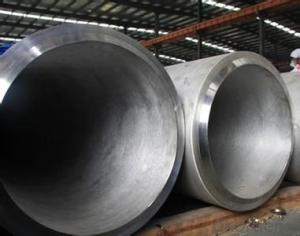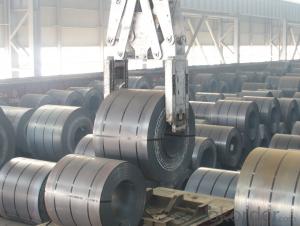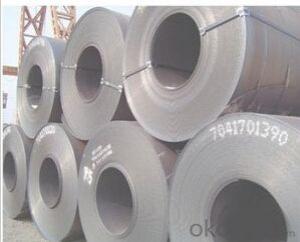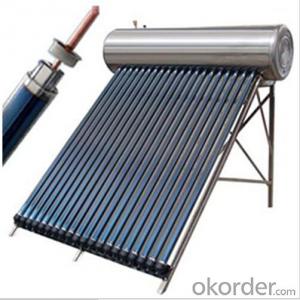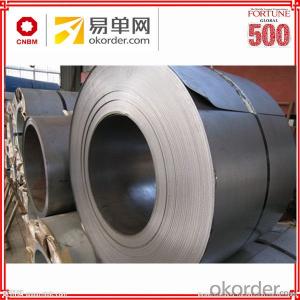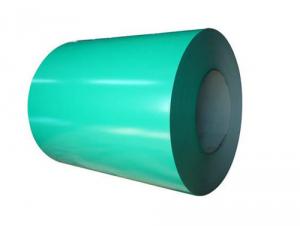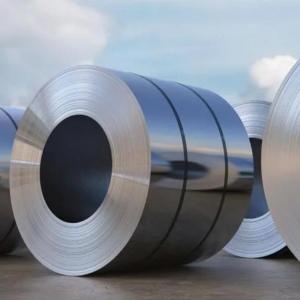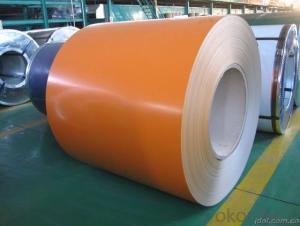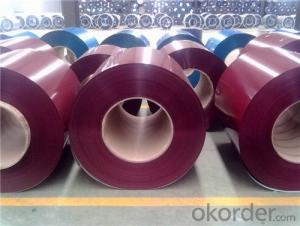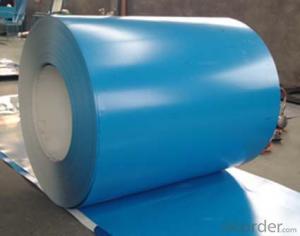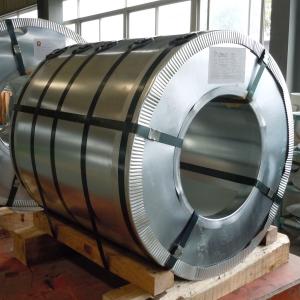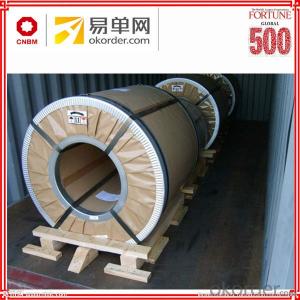Stainless Steel Pickling Paste
Stainless Steel Pickling Paste Related Searches
Best Paint For Stainless Steel Blanket Insulation For Steel Buildings Primer For Galvanized Steel Foam Filter For Stainless Steel H S Code For Stainless Steel Surface Grinding Wheels For Stainless Steel Surface Grinding Wheels For Hardened Steel Hole Saw For Stainless Steel Paint For Stainless Steel Stainless Steel For BbqHot Searches
Steel Mesh Panels For Sale Price For Stainless Steel Scrap Scrap Price For Stainless Steel Price For Stainless Steel Stainless Steel Tank For Sale Stainless Steel Sheets For Sale Cheap High Tea Sets For Sale Stainless Steel Tanks For Sale Stainless Steel For Sale High Density Fiberboard For Sale Solar Hot Water Collectors For Sale Scaffolding For Sale In Uae Scaffolding For Sale In Ireland Scaffolding For Sale In Houston Type Of Inverter For Solar Price Of Shipping Containers For Sale Types Of Inverter For Solar Stock Price For Aluminum Used Solar Inverter For Sale Steel Mesh Panels For SaleStainless Steel Pickling Paste Supplier & Manufacturer from China
Okorder.com is a professional Stainless Steel Pickling Paste supplier & manufacturer, offers integrated one-stop services including real-time quoting and online cargo tracking. We are funded by CNBM Group, a Fortune 500 enterprise and the largest Stainless Steel Pickling Paste firm in China.Hot Products
FAQ
- what is magnetic steel used for and if it can be used for producing kitchenwares utenils like stainless steel basines,mugs and bowls.
- Magnetic steel rusts. That's why kitchenware is often made out of stainless. You can't turn magnetic steel into stainless, sorry. Metalurgy is a complicated subject, and is all about different alloys. It's far too involved to explain in a few paragraphs here, but no, they're not interchangeable in this case unless you want to produce kitchenware that rusts.
- There are several different types of steel coil surface treatments that are suitable for indoor applications. These treatments are designed to enhance the appearance, durability, and performance of the steel coil in various indoor environments. Some of the common surface treatments for indoor applications include: 1. Galvanized Coating: This is one of the most popular surface treatments for indoor applications. Galvanizing involves applying a layer of zinc to the steel coil, which provides excellent corrosion resistance and protects the steel from environmental elements. 2. Pre-painted Coating: Pre-painting the steel coil with a specific color or finish is another common surface treatment for indoor applications. This coating not only improves the aesthetics of the steel, but also provides additional protection against corrosion and wear. 3. Powder Coating: Powder coating is a process where a dry powder is electrostatically applied to the steel coil and then cured under heat. This treatment creates a durable and attractive finish that is resistant to chipping, scratching, and fading. Powder coating is available in a wide range of colors and textures, making it a versatile choice for indoor applications. 4. Vinyl Coating: Vinyl coating is a type of surface treatment that involves applying a layer of PVC (polyvinyl chloride) to the steel coil. This coating provides excellent chemical resistance and protects the steel from moisture, abrasion, and UV radiation. Vinyl coating is commonly used in indoor applications where chemical exposure or moisture resistance is a concern. 5. Laminated Coating: Laminating the steel coil involves bonding a thin layer of plastic or other material to the surface of the steel. This treatment enhances the appearance of the steel and provides additional protection against scratches, stains, and fading. Laminated coatings are available in various colors and patterns, making them suitable for indoor applications where aesthetics is a priority. It is important to consider the specific requirements of the indoor application when choosing a steel coil surface treatment. Factors such as corrosion resistance, durability, aesthetics, and budget should be taken into account to ensure the best possible performance and longevity of the steel coil in indoor environments.
- Steel coils are used in the manufacturing of airbags as they provide the necessary structural support and strength to ensure the airbags deploy effectively during a collision. The coils are typically placed within the airbag module to help maintain its shape and prevent it from collapsing on impact, ensuring the airbag can rapidly inflate to protect occupants in a vehicle.
- Steel coils are used in the production of prefabricated buildings as they are flattened and cut into specific sizes to serve as the structural framework. These coils are typically formed into beams, columns, and other essential components, which are then assembled and interconnected to create the building's frame. The strength and durability of steel make it an ideal material for prefabricated structures, ensuring the safety and stability of the buildings.
- The Iron and Steel Corporation of Great Britain (1949) or Iron and Steel Bill was introduced in 1949 during the Labour post-war Government.What was it introduced for?
- Iron and Steel Bill That would be the Bill to nationalise the Steel industry in UK so that the Socialist Government could destroy it. Britain having won the War against Hitler promptly elected a nasty little Fascist who called himself a socialist Clement Atlee who went and nationalised many key Industries in UK so that the Government could run them. In 1979 British Steel was costing the UK tax payer a ?Million per day to keep running and was on the point of collapse with Steel production declining. Unfortunately it wasn't until Mrs. Thatcher came to power in 1979 that they were later put back into the Public sector and shares in British Steel could be bought by the Public and the Company run by people who knew how to run a steel industry. As a consequence Britain now produces more steel than it has ever done in its History.
- Yes, steel coils are commonly used in shipbuilding. They are used primarily for the construction of the ship's hull and other structural components due to their strength, durability, and ability to withstand harsh marine environments.
- I need to know the density of steel as one of my physical properties of steel. Any answers? If u have more physical or chemical properties of steel, that would help to thanks.
- The short answer to your question is that the density of plain mild steel is 7.85. The long answer is that depending on where you look, or the grade of steel that you are talking about can change this value. A density of 7.88 is often quoted for mild steel as well. If you add alloying elements such as tungsten, chrome or manganese to improve the steel, the density will change. So the long answer is that the density of steel can vary between 7.75 and 8.05.
- Steel coils are an essential component in the production of power generation equipment due to their strength, durability, and versatility. These coils are typically made from high-quality steel and are widely used in various applications within the energy sector. One of the primary uses of steel coils in power generation equipment is in the construction of generators. Steel coils are used to create the stator and rotor cores, which are crucial parts of the generator. These cores are responsible for generating the magnetic field necessary for converting mechanical energy into electrical energy. The steel coils provide the necessary support and stability to ensure efficient and reliable power generation. Additionally, steel coils are used in the manufacturing of transformers, which play a critical role in power distribution. Transformers are responsible for stepping up or stepping down the voltage levels to facilitate the transmission of electricity over long distances. Steel coils are used to create the primary and secondary windings of the transformer, enabling the efficient transfer of electrical energy. Another application of steel coils in power generation equipment is in the production of turbines. Turbines are used in various types of power plants, such as hydroelectric, thermal, and nuclear power plants, to convert the kinetic energy of a fluid or steam into mechanical energy. Steel coils are used in the construction of turbine casings, blades, and other components, ensuring the necessary strength and reliability to withstand high temperatures and pressures. Furthermore, steel coils are used in the production of boilers, which are crucial in thermal power plants. Boilers are responsible for converting water into steam, which is then used to drive a turbine. Steel coils are used in the fabrication of boiler tubes, where the steam is generated, due to their excellent heat resistance and strength. In summary, steel coils are an integral part of the production of power generation equipment. They are used in the construction of generators, transformers, turbines, and boilers, providing the necessary strength, durability, and thermal resistance required for efficient and reliable power generation.


















